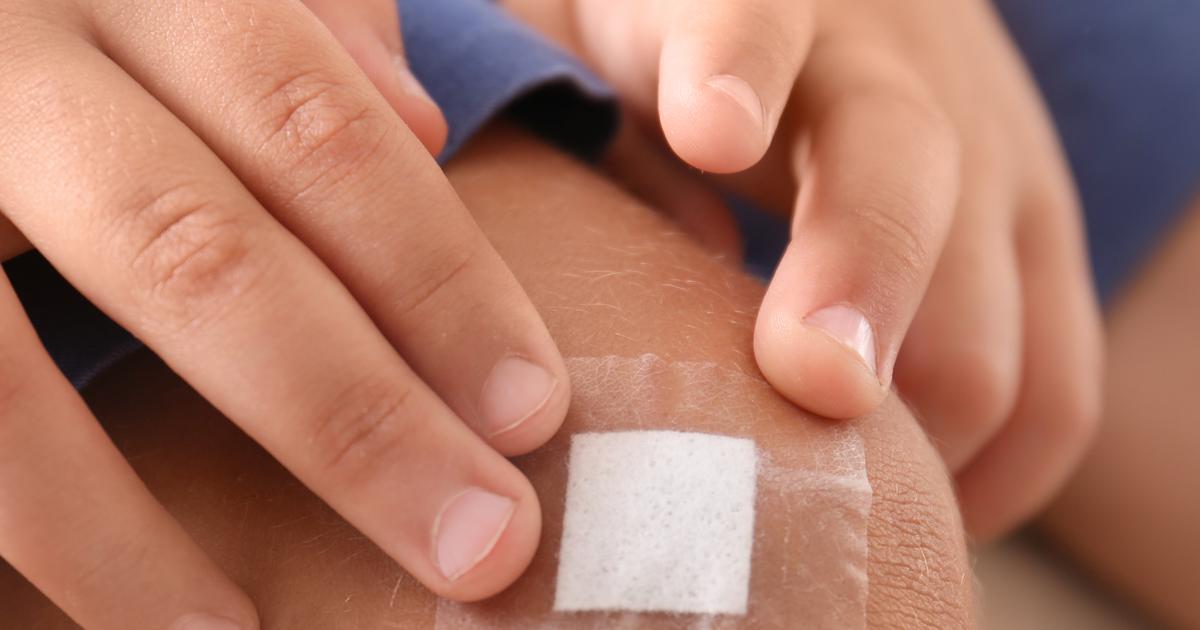How To Treat An Infected Cut
Change Bandages Regularly

To keep wounds clean and dry, doctors recommend bandages. Most patients use adhesive bandage strips for smaller cuts, and sterile gauze pads might be necessary for larger wounds. It is especially important to bandage wounds on the hands, fingers, and feet, as these areas of the body routinely come into contact with dirt and germs. Patients will need to change bandages regularly to prevent (or treat) infection.
Currently, doctors recommend changing bandages for all types of cuts at least once a day. Patients should change the bandage earlier if it becomes wet or dirty. If a wound covers a large area, using a sealed bandage can help prevent or reduce scarring. While changing the bandage, patients should examine the wound for any signs of infection, and they may want to apply extra antibiotic cream. Some individuals find it helpful to use liquid bandages instead of adhesive strips, and these should still be reapplied at least once a day.
Avoid Picking At The Wound

As wounds heal, patients may notice a slight itching sensation that can be uncomfortable. A crust or scab will typically form over the cut in the later stages of the healing process, and this can be irritating or annoying. While patients may feel the need to scratch or pick at the area, it is very important to avoid picking at the wound if at all possible. Doing so can slow down the healing process, and it could also introduce bacteria into the wound that could cause infection.
To reduce the urge to pick at a wound, it is generally beneficial to keep the area covered with a bandage at all stages of the healing process. Patients might want to consider wearing gloves at night to prevent accidental scratching of the wound during sleep. If the wound becomes increasingly itchy or painful, the patient should have it examined by a doctor.
